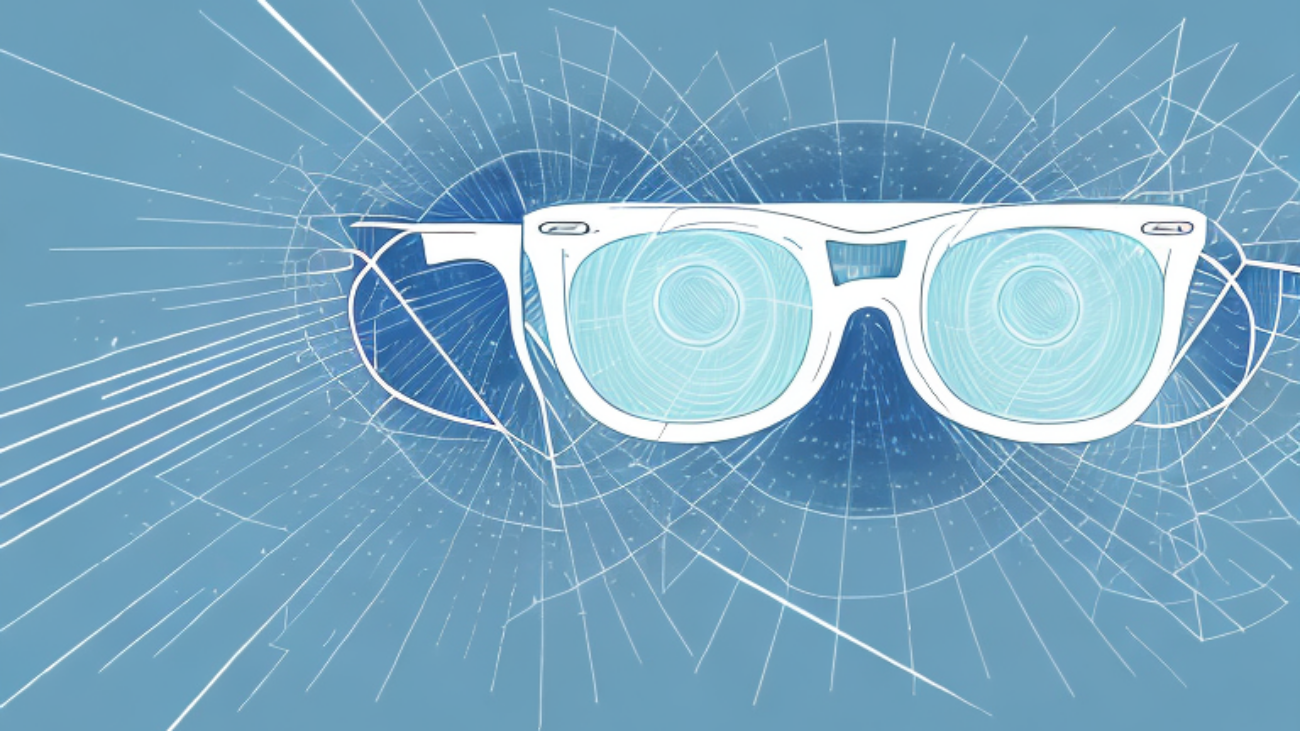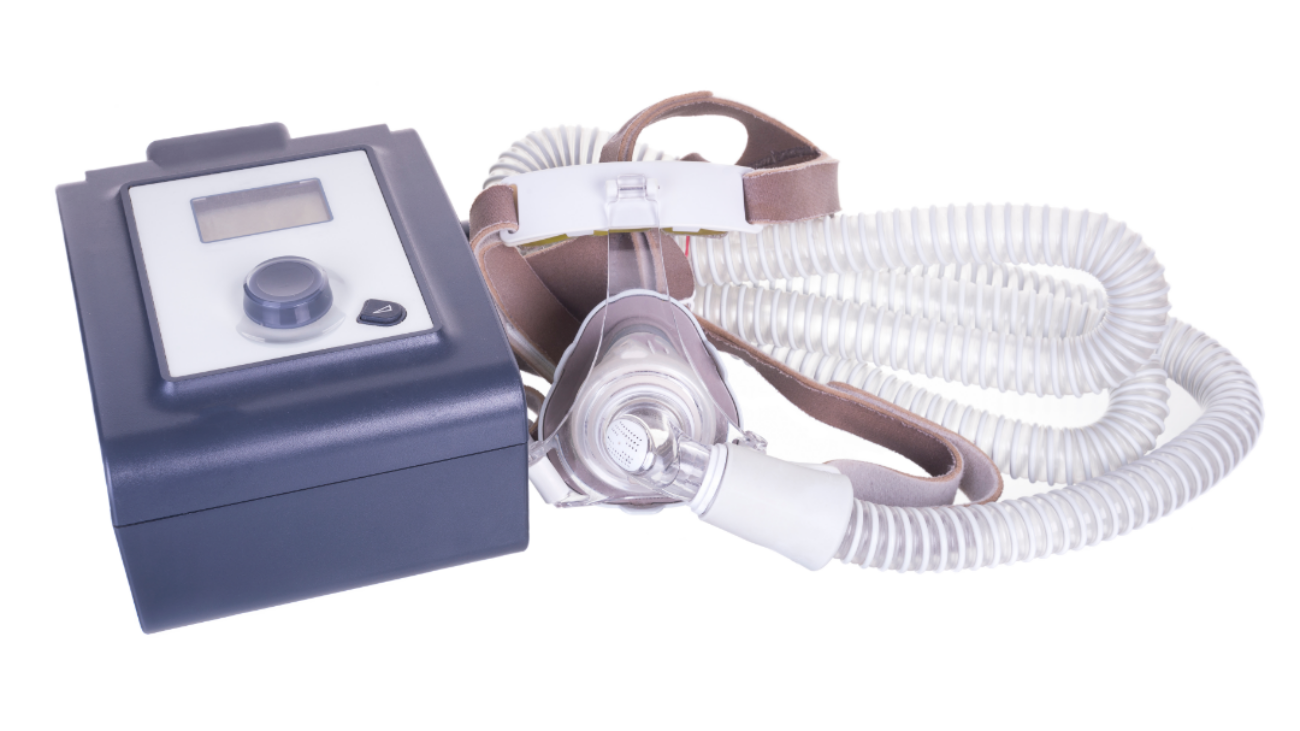The field of vision correction has witnessed tremendous advancements in recent years. One of the most revolutionary techniques is known as Lasik (Laser-Assisted in Situ Keratomileusis). This procedure has transformed the lives of millions of individuals by offering a safe and effective solution to common vision problems. In this article, we will delve into the world of lasik eye surgery and explore its various aspects, including understanding vision problems, the evolution of vision correction techniques, an introduction to Lasik, the benefits it offers, and potential risks and complications.
Understanding Vision Problems
Vision problems can have a profound impact on an individual’s quality of life. Understanding the common vision disorders is crucial in comprehending the significance of Lasik. There are numerous vision disorders, including nearsightedness (myopia), farsightedness (hypermetropia), and astigmatism. These disorders affect the way light enters the eye, resulting in blurry or distorted vision.
In addition to the physical limitations, the impact of vision problems on daily life cannot be overlooked. Activities such as driving, reading, and even recognizing faces become challenging and time-consuming tasks, putting significant strain on individuals affected by these vision disorders.
Let’s delve deeper into each of these vision disorders to gain a better understanding of their effects:
Nearsightedness (Myopia)
Nearsightedness, or myopia, is a common vision disorder in which objects in the distance appear blurry, while close-up objects remain clear. This occurs when the eyeball is slightly longer than normal, causing light to focus in front of the retina instead of directly on it. Myopia can develop during childhood or adolescence and may worsen over time. It is often corrected with eyeglasses, contact lenses, or refractive surgery such as Lasik.
Living with myopia can present challenges in various aspects of life. People with myopia may struggle to read road signs, recognize faces from a distance, or enjoy outdoor activities without the aid of corrective lenses. This can lead to feelings of frustration, isolation, and a decreased quality of life.
Farsightedness (Hypermetropia)
Farsightedness, also known as hypermetropia, is a vision disorder in which nearby objects appear blurry, while distant objects may be clear. Unlike myopia, hypermetropia occurs when the eyeball is shorter than normal, causing light to focus behind the retina instead of directly on it. Farsightedness can affect individuals of all ages and is often present from birth.

Living with hypermetropia can be challenging, as it requires constant effort to focus on nearby objects. People with farsightedness may experience eye strain, headaches, and difficulty reading or performing tasks that require close vision. Corrective measures such as eyeglasses, contact lenses, or Lasik surgery can help individuals with hypermetropia regain clear vision and improve their daily lives.
Astigmatism
Astigmatism is a vision disorder that occurs when the cornea or lens of the eye has an irregular shape. This irregularity causes light to focus on multiple points of the retina, resulting in blurry or distorted vision at all distances. Astigmatism can be present alongside myopia or hypermetropia, further complicating visual clarity.
Living with astigmatism can be particularly challenging, as it can cause visual discomfort, eye strain, and difficulty in perceiving fine details. People with astigmatism may experience distorted or tilted images, which can affect their ability to read, drive, or perform tasks that require precise vision. Corrective measures such as toric contact lenses, eyeglasses, or refractive surgery can help individuals with astigmatism regain clear and focused vision. Also Read: A Guide to Choosing the Right CPAP Machine for Your Needs
By understanding the complexities of these vision disorders and their impact on daily life, we can appreciate the significance of treatments like Lasik. Lasik surgery aims to correct these vision problems by reshaping the cornea, allowing light to properly focus on the retina and improving visual acuity. With advancements in technology and medical expertise, individuals with vision disorders can now have the opportunity to experience the world with clarity and freedom.
The Evolution of Vision Correction Techniques
Over the years, various techniques have been developed to correct vision problems. Initially, eyeglasses were the primary option for individuals seeking vision correction. Eyeglasses have a long history, dating back to the 13th century when they were first invented in Italy. The early designs were simple and consisted of convex lenses held together with a frame made of bone or metal. As time went on, eyeglasses became more sophisticated, with frames made of different materials such as tortoiseshell, gold, and even wood. The lenses also improved, with the introduction of bifocals in the 18th century, which allowed individuals to have both near and distance vision correction in one pair of glasses.
However, the advent of contact lenses provided a more inconspicuous alternative, addressing both cosmetic and functional concerns. Contact lenses have a fascinating history of their own. The idea of placing a lens directly on the eye dates back to Leonardo da Vinci’s sketches in the 16th century. However, it wasn’t until the late 19th century that the first successful contact lens was created by a German glassblower named F.A. Müller. These early lenses were made of glass and were large and uncomfortable to wear. It wasn’t until the 20th century that improvements in materials and manufacturing techniques made contact lenses more comfortable and accessible to the general public.
Despite their usefulness, glasses and contact lenses come with their own set of limitations. Glasses can be cumbersome, especially for those with active lifestyles or those who participate in sports. They can fog up in humid environments or get smudged easily, requiring constant cleaning. Contact lenses, on the other hand, require a strict cleaning and maintenance routine to prevent eye infections. They can also cause dryness and discomfort for some individuals.
This led to the development of surgical procedures aimed at permanently correcting vision problems. One of the earliest surgical procedures for vision correction is known as radial keratotomy (RK). Developed in the 1970s, RK involved making small incisions in the cornea to flatten its shape and correct nearsightedness. While RK was successful for some patients, it had limitations and complications, such as glare and halos around lights at night.
These limitations led to the development of more advanced surgical techniques, such as laser-assisted in situ keratomileusis (LASIK). LASIK, which was approved by the FDA in the 1990s, involves using a laser to reshape the cornea and correct refractive errors. This procedure has gained popularity due to its high success rate and quick recovery time. It has revolutionized vision correction, providing individuals with the opportunity to achieve clear vision without the need for glasses or contact lenses.
In recent years, other surgical techniques, such as photorefractive keratectomy (PRK) and implantable collamer lenses (ICL), have also emerged as options for vision correction. PRK involves removing the outer layer of the cornea and reshaping it with a laser, while ICL involves implanting a corrective lens inside the eye. These procedures offer individuals long-term freedom from the reliance on external aids such as glasses or contact lenses. By clicking here you can also read about What Is Type 1 Diabetes?
The evolution of vision correction techniques has come a long way, from the invention of eyeglasses to the development of advanced surgical procedures. With each advancement, individuals have gained more options for achieving clear and corrected vision. As technology continues to progress, it is likely that even more innovative and effective vision correction techniques will be developed, further improving the lives of those with visual impairments.
An Introduction to Lasik
Lasik has emerged as a groundbreaking solution for vision correction. It is a minimally invasive surgical procedure that reshapes the cornea, the transparent front part of the eye. By reshaping the cornea, Lasik aims to improve the way light is focused onto the retina, resulting in clearer vision.
Lasik surgery has revolutionized the field of ophthalmology, providing millions of people with an effective and safe method to correct their vision. The procedure has gained immense popularity due to its high success rate and quick recovery time.
During the Lasik procedure, a thin flap is created on the cornea, after which a laser is used to remove precise amounts of tissue from the inner layers. This laser technology allows for a highly accurate and customized treatment, tailored to each individual’s unique vision needs.
The cornea is then repositioned, enabling the eye to focus light properly. This reshaping of the cornea corrects common refractive errors such as nearsightedness, farsightedness, and astigmatism.
Lasik surgery is typically performed under local anesthesia, ensuring that the patient remains comfortable throughout the procedure. The use of anesthesia also minimizes any potential discomfort or pain during the surgery.
One of the key advantages of Lasik is its relatively quick procedure time. In most cases, the surgery itself takes only about 10-15 minutes per eye. This allows individuals to undergo the surgery during a convenient time and resume their daily activities shortly after.
After the surgery, most individuals experience improved vision within a few days. The recovery process varies from person to person, but it is generally quick and relatively painless. Patients are usually advised to take a few days off from work or strenuous activities to allow their eyes to heal properly.
It is important to note that while Lasik has a high success rate, it may not be suitable for everyone. Factors such as age, overall eye health, and the presence of certain eye conditions can affect the candidacy for Lasik surgery. A thorough evaluation by an experienced ophthalmologist is necessary to determine if Lasik is the right option for vision correction.
In conclusion, Lasik surgery offers a remarkable solution for individuals seeking to improve their vision. With its precise and customized approach, quick procedure time, and high success rate, Lasik has become a popular choice for those looking to reduce or eliminate their dependence on glasses or contact lenses.
The Benefits of Lasik
Lasik offers numerous benefits that have made it a popular choice among individuals seeking vision correction. One of the primary advantages is the significant improvement in vision quality it provides. Many individuals achieve 20/20 vision or better after the procedure, eliminating the need for glasses or contact lenses altogether.
In addition to improved vision, Lasik also offers lifestyle advantages. Activities such as swimming, playing sports, or simply waking up to clear vision are no longer hindered by the reliance on external aids. Lasik provides individuals with the freedom to engage in various activities without the constant worry of eyewear.
Potential Risks and Complications of Lasik
Like any surgical procedure, Lasik carries potential risks and complications that individuals should be aware of before making the decision to undergo the surgery. While most individuals experience minimal discomfort and recover quickly, there can be short-term side effects. These may include dryness, halos around lights, and glare. However, these effects are typically temporary and resolve within a few weeks.
Long-term risks associated with Lasik are rare but can include decreased night vision or fluctuations in vision. It is important for individuals to have a thorough consultation with an experienced eye surgeon to assess their suitability for the procedure and understand the potential risks involved.
In conclusion, Lasik represents a new era of vision correction, offering individuals a life-changing solution to common vision problems. With its ability to improve vision quality, provide lifestyle advantages, and minimize the reliance on external aids, Lasik has transformed the lives of countless individuals across the globe. It is crucial for those considering Lasik to thoroughly understand the procedure, its benefits, and potential risks to make an informed decision about their vision correction journey.





